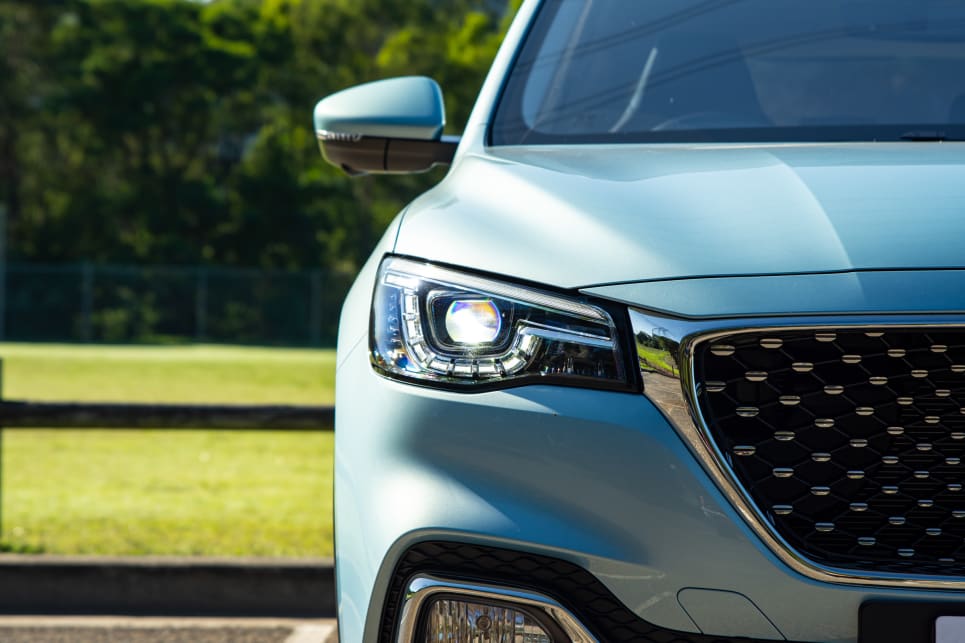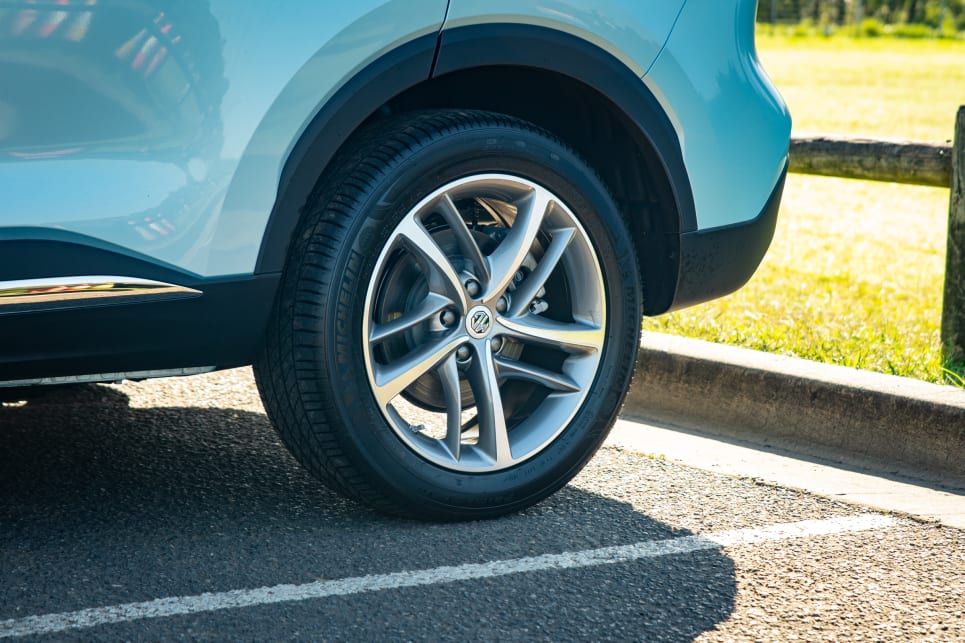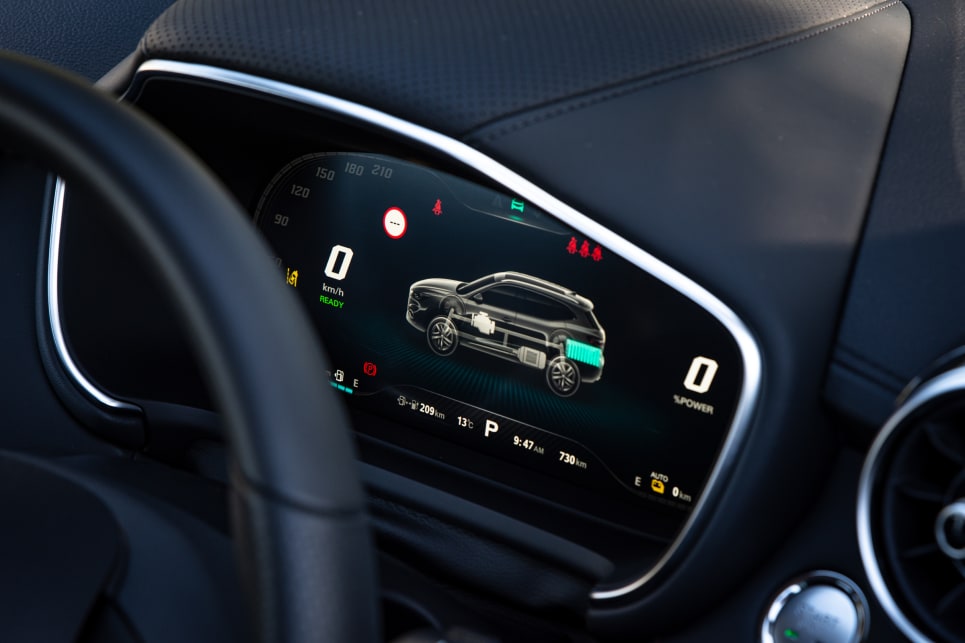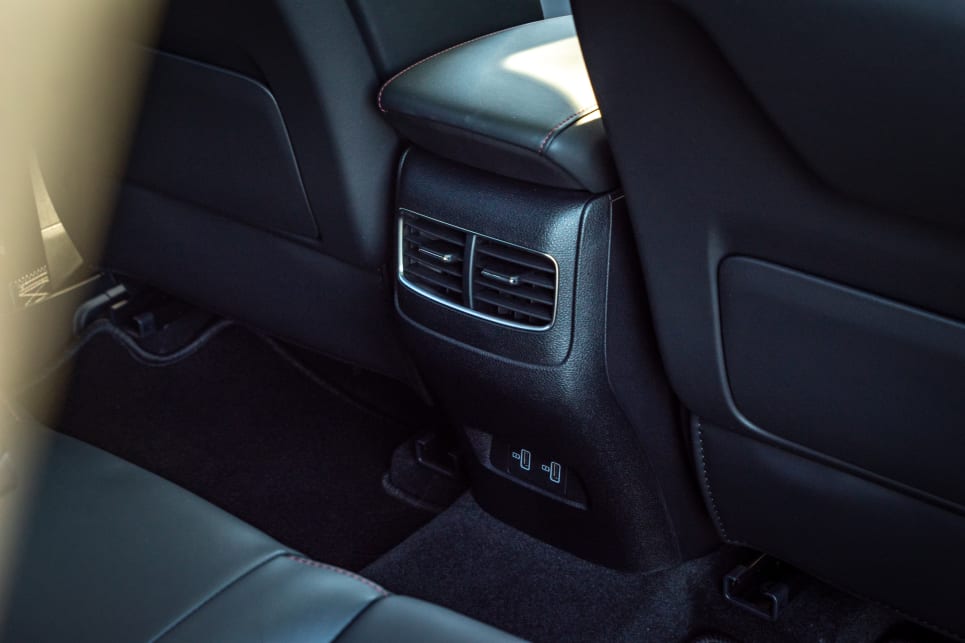The MG HS PHEV is now the second most affordable mainstream plug-in hybrid in Australia, wearing an impressive drive-away price of just $46,990, and undercutting its relatively long-running Mitsubishi Outlander PHEV rival (from $47,490 before on-road costs), while coming in slightly above the Hyundai Ioniq PHEV (Elite - $42,410 before on-roads).
Unlike its Hyundai rival , the MG plays in one of Australia’s most hotly contested segments, the mid-size SUV category, where it’s fairly likely to move more units.

Those who actually realise the brand is no longer British tend to scoff at the idea that MG is now backed by SAIC motor in its newfound home country of China, but this no longer means cheap and cheerful. In fact, China is now one of the most hotly contested and technologically demanding markets in the world, and its domestic automakers (MG now included) have to move fast to keep up, much faster than the glacial pace that key Japanese rivals have become accustomed to.
Slow and steady might not win this one, though, with the HS PHEV truly well equipped right out of the starting gate. It’s only available in the lineup’s top Essence trim, sporting 18-inch alloy wheels, a 10.1-inch multimedia touchscreen with Apple CarPlay and Android Auto connectivity, built-in navigation, a 12.3-inch digital dash, leather-look seat trim, a six-way power adjustable driver’s seat, with a four-way manually adjustable passenger seat, heated front seats, full LED front lighting, dual-zone climate control, cooled centre amrest box, an auto dimming rear vision mirror, as well as keyless entry with push-start ignition.
Not bad. There are things here which aren’t quite as premium as they appear, however; the “synthetic leather” interior trim is pretty average both in feel and appearance and the built-in satellite navigation is a laggy mess. Still, compromises must be made on such a keenly priced SUV. The HS PHEV also has the brand’s full active-safety suite, which has notably had a software upgrade for this year. We’ll take a closer look later in this review.
























